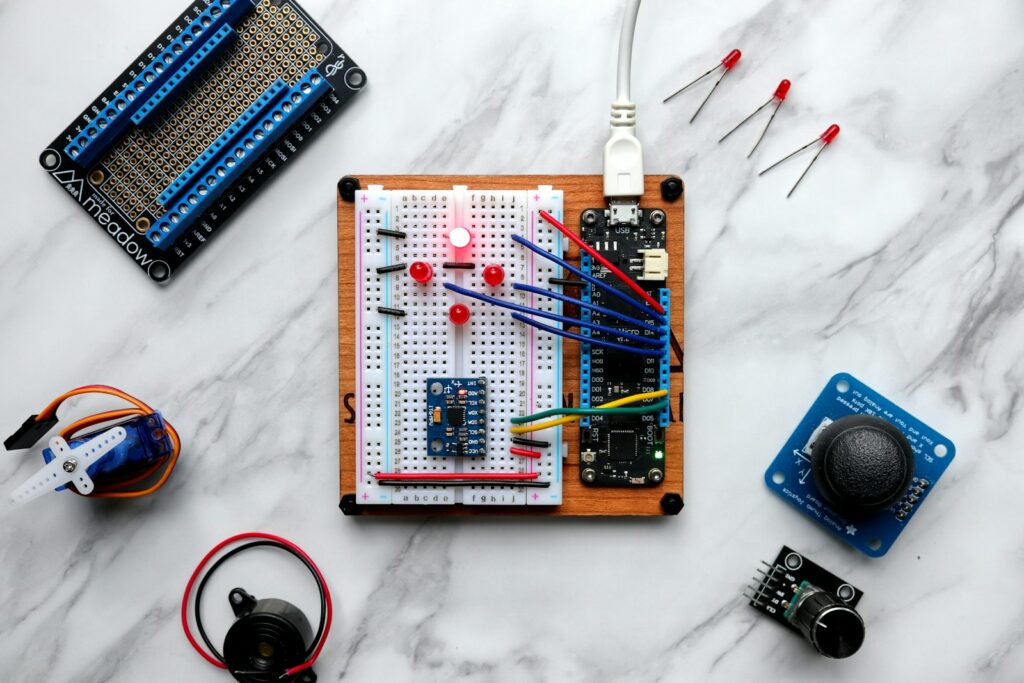Insider Brief
- Incremental efficiency gains in shipbuilding can translate into significant competitive advantages, according to researchers.
- The research team report that a digital twins technique could make it easier and more efficient to handle sudden and complicated tasks that come up unexpectedly or need to be redone.
- A data mapping and fusion method promoted seamless, real-time data interaction between the physical shipbuilding workshop and a digital twin virtual model that mirrors it.
In the highly competitive global shipbuilding industry, incremental efficiency gains can translate into significant competitive advantages, according to researchers.
New research, published in Measurement and Control, used a cutting-edge approach to connect the virtual and real production worlds to optimize shipbuilding workflows. The researchers report the technique could make it easier and more efficient to handle sudden and complicated tasks that come up unexpectedly or need to be redone, which often occur in the highly complex shipbuilding process.
The key innovation is a data mapping and fusion method that promote seamless, real-time data interaction between the physical shipbuilding workshop and a digital twin virtual model that mirrors it. By directly streaming production data from machines and sensors into the digital twin, the system keeps the virtual environment continuously synchronized with the real-world operations.
This tight virtual-physical integration allows shipbuilders to monitor what is happening during production with up-to-the-second accuracy, identify disruptions or bottlenecks as they occur and make scheduling adjustments on-the-fly based on the current state of the physical workshop floor. The digital twin model serves as a real-time virtual window into the physical production environment.
Crucially, the new method eliminates the delays and broken data links that plague traditional manufacturing IT systems attempting to connect disparate processes, machines and data sources. Those lags make it extremely difficult to maintain an accurate, up-to-date virtual production model that can drive true operational agility.
The researchers demonstrated their virtual-real integration approach in a machining workshop handling components like piping, turbochargers and diesel engines. They embedded the digital twin system into the workshop’s production management software, allowing the virtual model to ingest raw data feeds from machines across the facility via industrial communication protocols.
With the digital twin perfectly synchronized to physical operations, the researchers could apply advanced optimization algorithms to intelligently adapt scheduling and production sequences based on real-time status. They developed a two-level optimization model to jointly determine ideal job batching plans for the week as well as the most efficient sequencing of individual machining tasks on each piece of equipment.
The model could quickly re-plan and re-optimize schedules in response to disruptions like machine failures, rushed orders, or changes to customization requirements. Combining particle swarm and genetic algorithms, it could rapidly identify new production plans that minimized variables like costs, delays and machine workloads while still adhering to real-world constraints reflected in the digital twin.
Test results validated the optimization algorithms were able to generate reliable, high-quality production schedules tightly synchronized with the actual state of the physical workshop at any given moment. The tight virtual-real integration delivered major efficiency gains for complex production environments requiring dynamic schedule changes.
While initial testing focused on machining workflows, the researchers see broad potential to extend the digital twin approach to other shipbuilding processes like assembly, welding and final outfitting of large vessel components. They plan to further enhance the system’s cognitive capabilities using cutting-edge artificial intelligence and edge computing technology.
The end goal is to create digital twin models with sufficient intelligence to not only accurately mirror the physical production line, but also automatically prescribe optimized actions by sending instructions direct to equipment controllers. This would allow the virtual models to essentially drive the real production environments towards better operational outcomes.
The team was led by Lei Wang, of the College of Computer Science and Technology at Nanjing University of Aeronautics and Astronautics in Nanjing, China, and also with the System General Department at China Shipbuilding Digital Information Technology Co. Ltd. Jianxun Chen, Yu Zhang, Yali Tian, Zhengyu Li, and Chenghao Wang are all associated with the System General Department at China Shipbuilding Digital Information Technology Co. Ltd.
If you found this article to be informative, you can explore more current metaverse news here, exclusives, interviews, and podcasts.

















